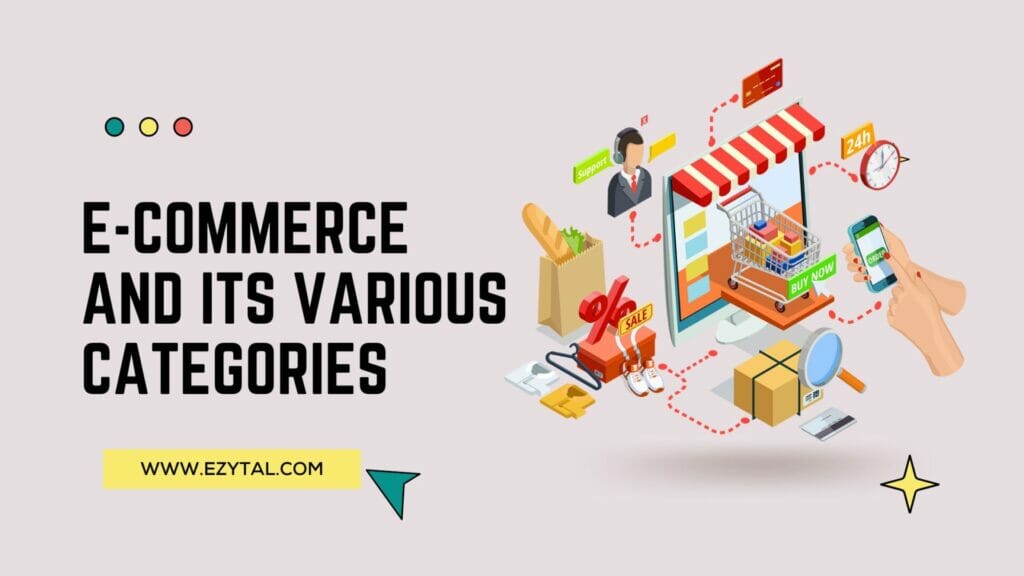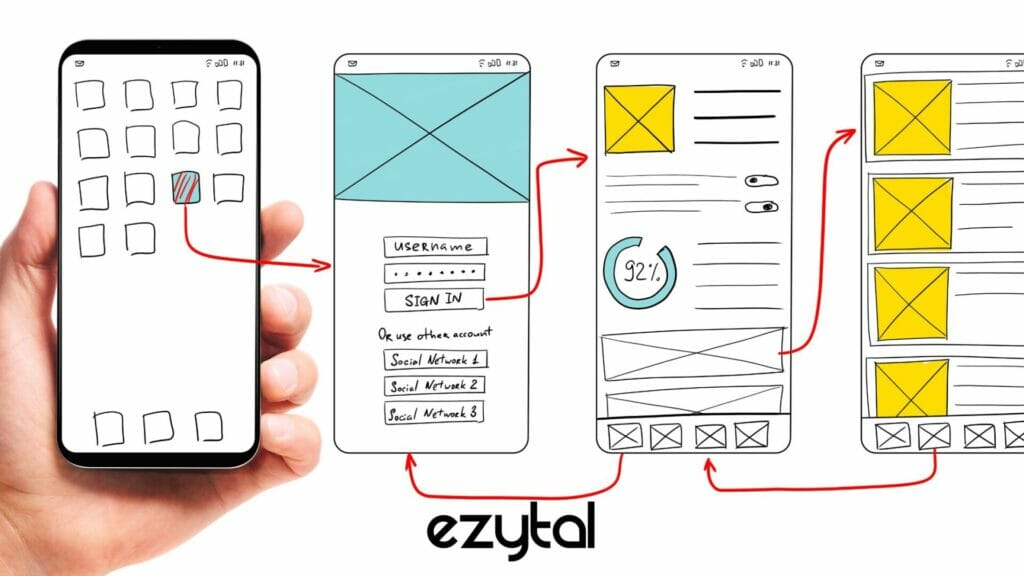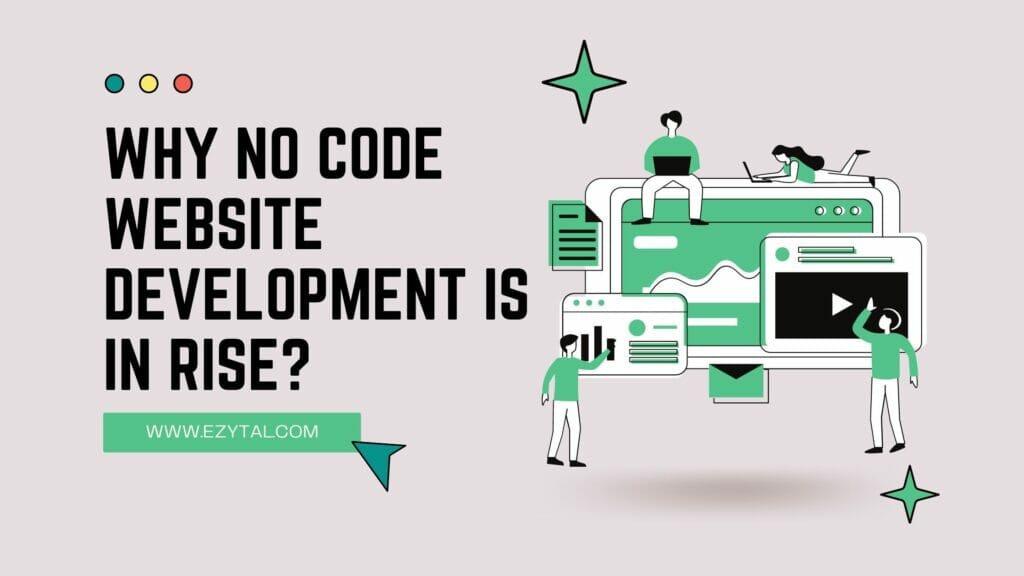E-commerce and its various categories
What is E-Commerce? E-commerce or electronic commerce is the practice of conducting business transactions over the internet (or other networks) whereas the term electronic commerce is usually employed when referring to the larger concept including transactions made between businesses and consumers over digital networks. The term e-business is usually applied when a company has transferred part or all of its business operations to the internet, including but not limited to manufacturing, distribution, promotion, R&D, and/or human resources. The term e-marketing refers to online promotion and marketing. The following is a list of various e-commerce categories: B2C – Business to Consumer E-commerce retail sales represent online transactions made by consumers. These can be retail purchases or business-to-consumer (B2C) purchases. Marketplaces refer to platforms where independent vendors can sell their products to consumers. E-commerce also refers to the sales of goods or services over the internet. The various categories under e-commerce are marketplace platforms, shopping websites, courier/delivery services, payment systems, digital retailers, and vertical players. Sellers post their products on marketplace platforms and can set pricing, manage inventory, and handle customer support. These platforms charge a percentage of the sale or a fixed fee per transaction. Platforms such as Amazon and Alibaba are multi-billion dollar corporations because they don’t actually produce goods—they facilitate the sale of products between sellers and buyers. B2B e-commerce covers transactions made between businesses and their suppliers, partners, and customers. It can include, for example, the sale of bulk goods, finished products, or services. The buyer usually buys in significant quantities, whereas the seller hopes to make repeat sales and retain the buyer as a loyal client. When defining your market and your competition when starting an e-commerce business, it’s important to understand how each of your potential customers operates, and B2B e-commerce players will obviously be of great value in this exercise. In an online marketplace, also known as an e-marketplace, sellers can create virtual stores where they can market and sell their products. An e-marketplace provides the seller access to potential buyers and the latter easy access to many products from many sellers. This results in a win-win situation for both the sellers and the buyers. The sellers don’t have to build their own online stores from scratch, and the buyers don’t have to visit many different websites to find the products they need. An e-commerce platform that serves as a digital marketplace is called a digital e-marketplace. Some of the biggest and most well-known e-marketplaces are eBay, Amazon, Alibaba, and Taobao. An e-marketplace can be classified based on whether it is B2B (business to business) or B2C (business to consumer). Similarly, an e-commerce platform can be classified based on the type of products it sells. These products can be divided into three categories: physical goods, digital goods, and services. Physical goods are products that you can see, hear, and touch; they include handmade crafts, jewellery, gadgets, and more. Digital goods are items that come in digital form; these include virtual goods (e.g., software), downloads (e.g., e-books), and access to services (e.g., consulting services). When selling physical goods, sellers should make sure that their products are of good quality and that they have a competitive price. It is especially important that sellers make a good first impression on buyers, as their feedback can be seen by other prospective buyers. When selling digital goods, the quality of the content and the satisfaction of the buyer are usually more important than the price. Because these products come in digital form, sellers can also make and distribute CDs and DVDs containing their products. However, it is important to ensure that copyright laws are not violated while doing so. C2C – Consumer to consumer Sellers/manufacturers sell their products directly to consumers. This can be through a website, newspaper ads, market stalls or any other medium. As the name suggests, this type of e-commerce involves little or no manufacturing of goods after their sale. C2B – Consumer to business In this type of e-commerce, consumers buy products from sellers/manufacturers that are intended for use by a business. This could be a company or a sole trader. E-commerce also covers the following: E-commerce trading, which covers the exchange of goods and services for money through electronic means; Trading platforms can be either self-service online platforms provided by the seller/promoter or full-service online platforms provided by a third-party service provider; E-marketplaces, which enable buyers and sellers to connect; and E-commerce delivery is the movement of goods from a warehouse, distribution centre, or other location to a customer’s address. WHAT ARE THE BENEFITS AND CHALLENGES OF E-COMMERCE? The rapid adoption of e-commerce globally has resulted in significant benefits for businesses, consumers, and society at large. It has created new business opportunities, enhanced competitive forces, and reduced costs. It has also helped create jobs and promoted the internationalisation of companies. There are many potential benefits that can be achieved through e-commerce, such as: Increased customer satisfaction and loyalty Greater sales and profits Improved efficiency and cost savings Greater access to markets. However, there are also various challenges that need to be addressed, such as: Security and Trust Compliance with regulations Competing with online players Integration of e-commerce with traditional business activities. WHAT IS THE STATUS OF E-COMMERCE AROUND THE WORLD? As of 2022, over half (51%) of global e-commerce transactions will be made via mobile devices, whereas only one-third (33%) will be made via desktop computers; In 2022, over one-third (35%) of global online shoppers will purchase goods and services online at least once a week; While the highest proportion of online shoppers can be found in high-income countries (71%), even in middle-income countries 35% of the population is shopping online; Approximately 3 million small and medium-sized enterprises (SMEs) in Europe, the Middle East, and Africa (EMEA) are engaged in e-commerce; this represents just over one-fifth (21%) of all SMEs; More than half (56%) of online SMEs in EMEA are selling to customers in other countries and one-third (33%) have purchased from other international SMEs; There are over 900 million
E-commerce and its various categories Read More »



